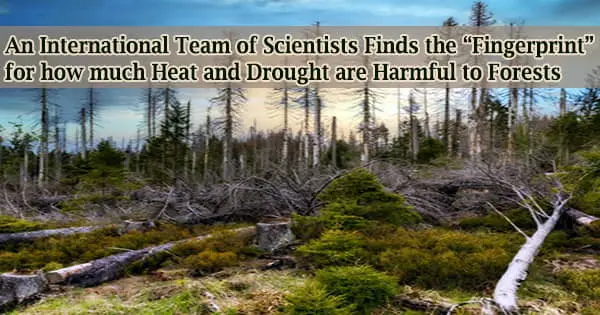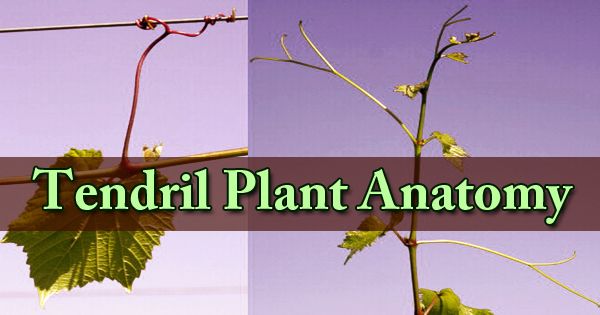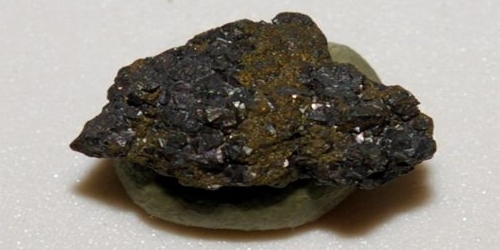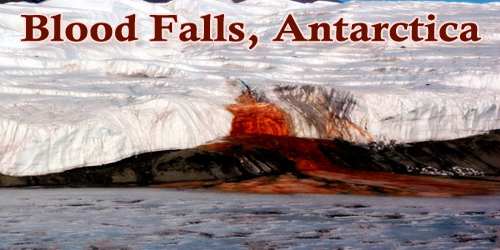How hot is too hot, and how dry is too dry, for the Earth’s forests?
In a recent study, an international team of researchers examined decades-old withering trees to find solutions. The work, which was just published in the journal Nature Communications, creates the first global database of precisely georeferenced forest die-off episodes at 675 different locations going back to 1970.
This information is compared to current climate data in the study, which covers all forested continents, to identify the heat and drought climatic conditions that led to these observed tree mortality occurrences.
“In this study, we’re letting the Earth’s forests do the talking,” said William Hammond, a University of Florida plant ecophysiologist who led the study. “We collected data from previous studies documenting where and when trees died, and then analyzed what the climate was during mortality events, compared to long-term conditions.”
According to Hammond, a trend became apparent after running a climate analysis on the data related to observed forest mortality.
“What we found was that at the global scale, there was this consistently hotter, drier pattern what we call a ‘hotter-drought fingerprint’ that can show us how unusually hot or dry it has to get for forests to be at risk of death,” said Hammond, an assistant professor in the UF/IFAS agronomy department.
The fingerprint, according to him, demonstrates that forest mortality occurrences regularly took place when the warmest and driest months of the year became even hotter and drier.
“Our hotter-drought fingerprint revealed that global forest mortality is linked to intensified climate extremes,” Hammond said. “Using climate model data, we estimated how frequent these previously lethal climate conditions would become under further warming, compared to pre-industrial era climate 22% more frequent at plus 2 degrees Celsius (plus 3.6 degrees Fahrenheit), to 140% more frequently at plus 4 degrees Celsius (plus 7.2 degrees Fahrenheit).”
Also, we expect that our open-access database will enable additional studies, including other climate fingerprints from local to regional scales. Current climate modeling and remote-sensing research communities need ground-truthed datasets to validate their predictions of important processes like forest mortality. One of the really important elements to this study was bringing all this data together for the first time, so that we can ask a question like this at the planetary scale.
William Hammond
The frequency of tree-killing droughts in forests around the world will more than quadruple as a result of those increased temperatures, he continues.
“Plants do a phenomenal job of capturing and sequestering carbon,” Hammond said. “But death of the plants not only prevents their performing this critical carbon-capturing role, plants also start releasing carbon as they decay.”
According to Hammond, it’s crucial to comprehend what constitutes “too hot” and “too dry,” as some proposed climate solutions imply that we rely in part on trees and other plants to capture and sequester carbon. Otherwise, mortality occurrences like those in our database might cancel out anticipated carbon gains.
Cuauhtémoc Sáenz-Romero of the Mexican university Universidad Michoacana de San Nicolás de Hidalgo, one of the study’s co-authors, provided an illustration of how recent climatic changes influenced a temperate forest in Mexico.
“In recent years, the dry and warm March to May season is even more dry than usual, but also warmer than ever,” he said.
“This combination is inducing a lot of stress on the trees before the arrival of the next June-to-October rainy season. For example, in 2021, more than 8,000 mature trees were killed by bark beetles in the Monarch Butterfly Biosphere Reserve in Central Mexico. The effect of the La Niña Pacific Ocean stream resulted in drier, warmer conditions; a deadly combination that favored pest outbreaks.”
On the International Tree Mortality Network website, Hammond has also created an interactive program that hosts the database online and enables users to input new observations of forest mortality to the database.
The group was established to coordinate international research efforts on forest die-off occurrences. It is a joint effort between scientists on every continent with forests and is overseen, among others, by co-author Henrik Hartmann from the Max Planck Institute in Germany. Hammond is the network’s data management group leader.
Glossary
‘Georeferenced’
Using maps or aerial images, scientists assign to them real-world coordinates.
‘Ground-truthed’
Direct observation and measurement-based confirmation or validation of information It refers to verifying the accuracy of outcomes in the context of machine learning.
“We’re hoping that this paper will create a bit of urgency around the need to understand the role of warming on forest mortality,” Hammond said.
“Also, we expect that our open-access database will enable additional studies, including other climate fingerprints from local to regional scales. Current climate modeling and remote-sensing research communities need ground-truthed datasets to validate their predictions of important processes like forest mortality. One of the really important elements to this study was bringing all this data together for the first time, so that we can ask a question like this at the planetary scale.”
















